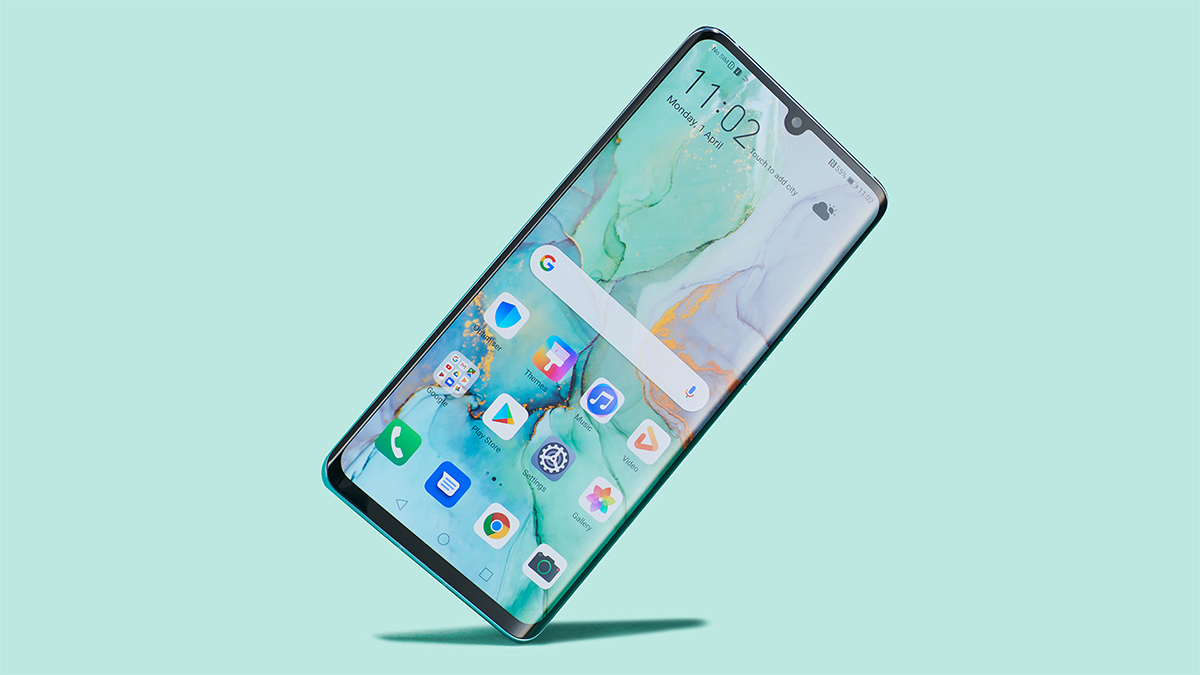

Tech and politics are clashing like never before, with Huawei officially out of favour in the US amid claims of secret surveillance and tight lights to the state government in China. But what does this mean for the Huawei phone in your pocket? Or any future Huawei phones?
The restrictions the US has placed on trade with Huawei means the likes of Google and component suppliers can't work as easily with the company as they might have before. Here we're going to outline exactly what that means for Huawei's smartphone business.
- These are the very best graphics cards you can buy today
- Take a look at the best phones on sale at the moment
What has happened between Huawei and the US?
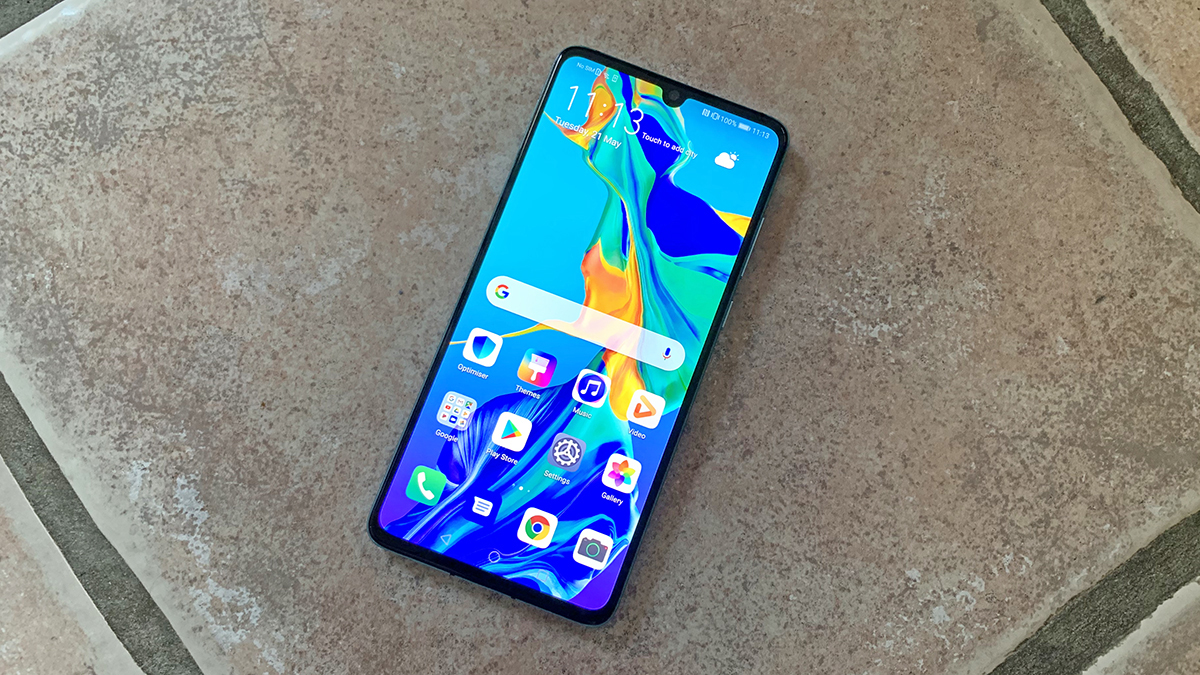
Choosing a phone is difficult enough without taking trade wars into consideration, but the short summary is that trade relations between the US and China are currently strained. Added into the mix is a suspicion from the US side that Huawei can't be trusted in terms of its data collection and monitoring policies.
That doesn't mean there's a spy chip inside your Huawei P30 Pro, but it does mean the United States wants to avoid using Huawei infrastructure technology as it builds out its 5G networks. It also means Huawei is currently on an official blacklist, stopping companies such as Google and Qualcomm from dealing with it.
The situation is changing week by week though as the political posturing goes on. Most recently, at the end of June, President Trump said some of these trade restrictions would be lifted as far as smartphone tech goes – but at the time of writing the fine print hasn't been decided on, so it's not clear exactly what that means.
How does this affect Google and Android?
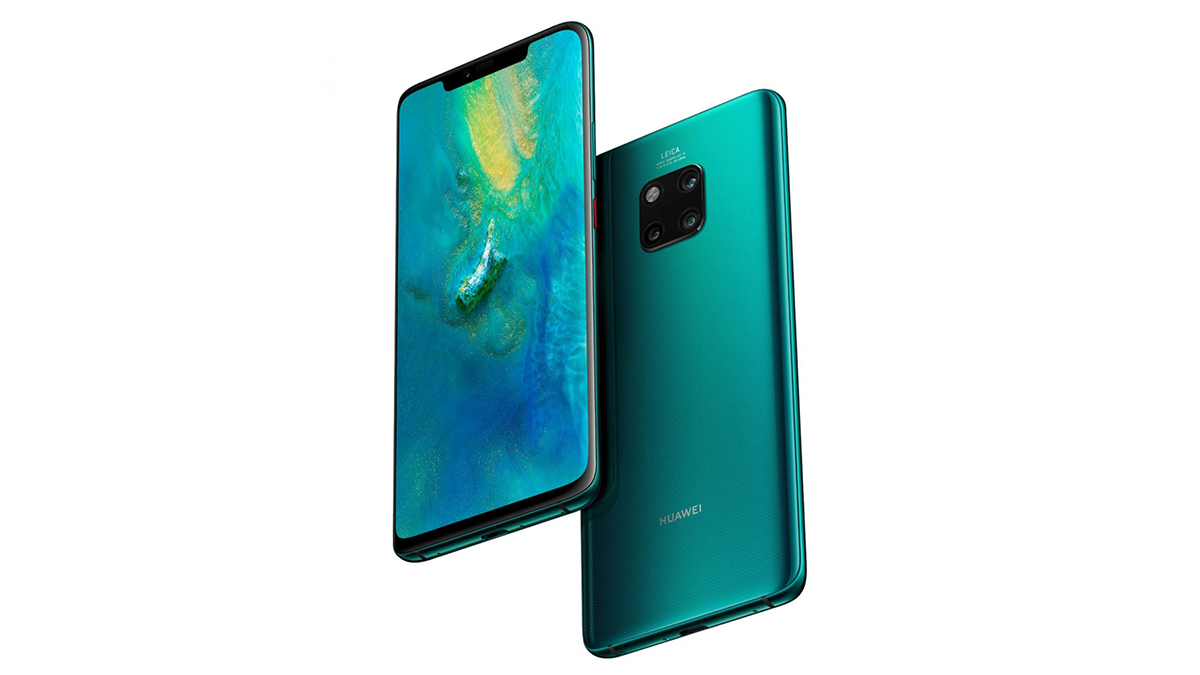
Google develops Android, so the trade ban put in place by the US means future Huawei phones can no longer run Android, in theory – even the free, base version of Android that anyone can adapt and build on is still covered by a licence. Android is off the table and so are all the popular Google apps, from Gmail to Google Photos.
That is of course terrible news for Huawei, even though it's promised to bring out its own Android rival in the near future. It's not going to be able to catch up on the years of development Google has poured into its mobile operating system, and it's going to make its phones far less attractive in the US and Europe.
Sign up to the T3 newsletter for smarter living straight to your inbox
Get all the latest news, reviews, deals and buying guides on gorgeous tech, home and active products from the T3 experts
As we've said though, the situation is still in flux. The Android block is bad news for Google as well as Huawei, and the latest indications from the US authorities are that Huawei phones will be able to carry on using US hardware and software as normal, even if the company remains banned at a commercial and industrial level.
How is my current Huawei phone affected?
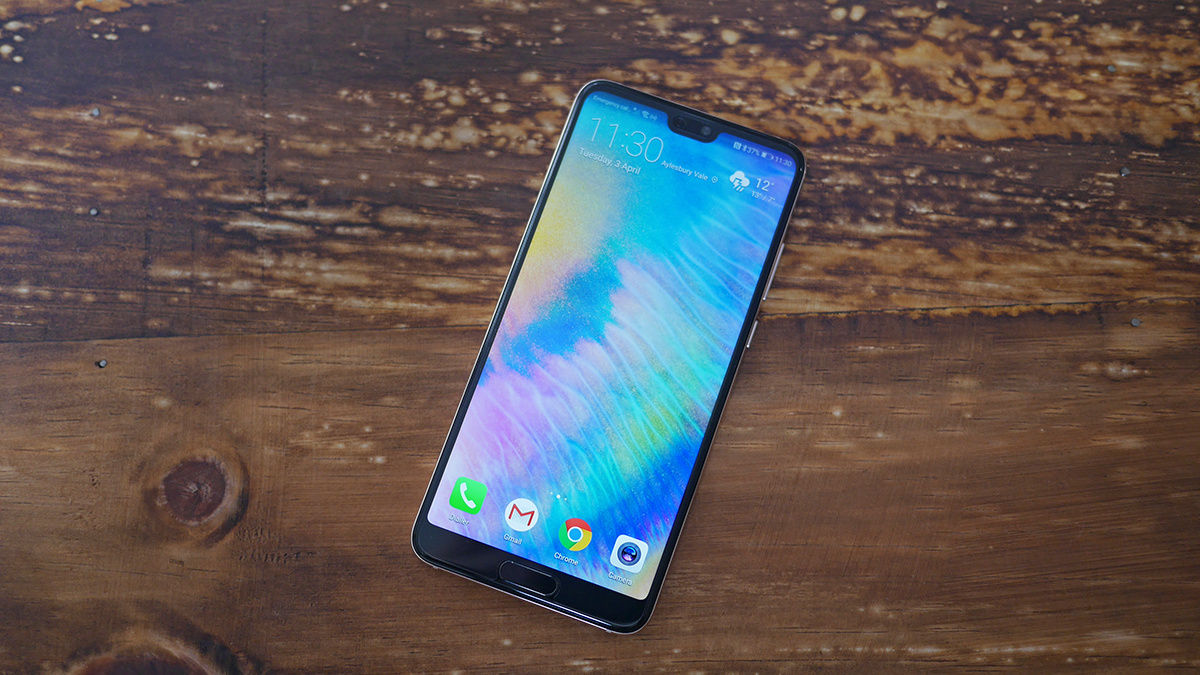
The good news for those who already have a Huawei phone (such as the Huawei Mate 20 Pro) is that handsets that have already been sold shouldn't have too many issues. "All Huawei smartphones, tablets and PCs will continue to receive security patches, Android updates and Microsoft support," Huawei said in a recent statement.
"Anyone who has already bought, or is about to buy a Huawei smartphone, can continue to access the world of apps as they have always done," the statement continues. "All devices continue to be covered by our manufacturer’s warranty and will receive full service support accordingly."
You're not suddenly going to find Android or Facebook yanked from your phone, in other words. There is a question mark over how long you'll get Android updates for, but in terms of basic security patches at least, you should be covered for the lifetime of your handset.
How might future Huawei phones be affected?

The situation is a lot less clear when it comes to future Huawei phones, because compromises are still being thrashed out between the US government, Huawei, and the Chinese authorities. The initial US ruling would have cut Huawei off from vital hardware components and US software, but that stance seems to have softened.
At this stage we just don't know what the future holds – all we can do is take note of what Huawei says with each future smartphone launch. The next one should be the Huawei Mate 30 phones sometime later this year. The trade ban as it stood to begin with was going to come into effect in mid-August, so there's still time for negotiations on both sides to reach some kind of agreement.
Huawei has gone on the record saying that Android Q will arrive on its most popular current devices, so it looks as though Huawei handsets that are already out in the wild will be okay for the time being. As for future ones, watch this space – at the moment it's not clear what Huawei will be able to do in terms of Android.
What could change in the future?
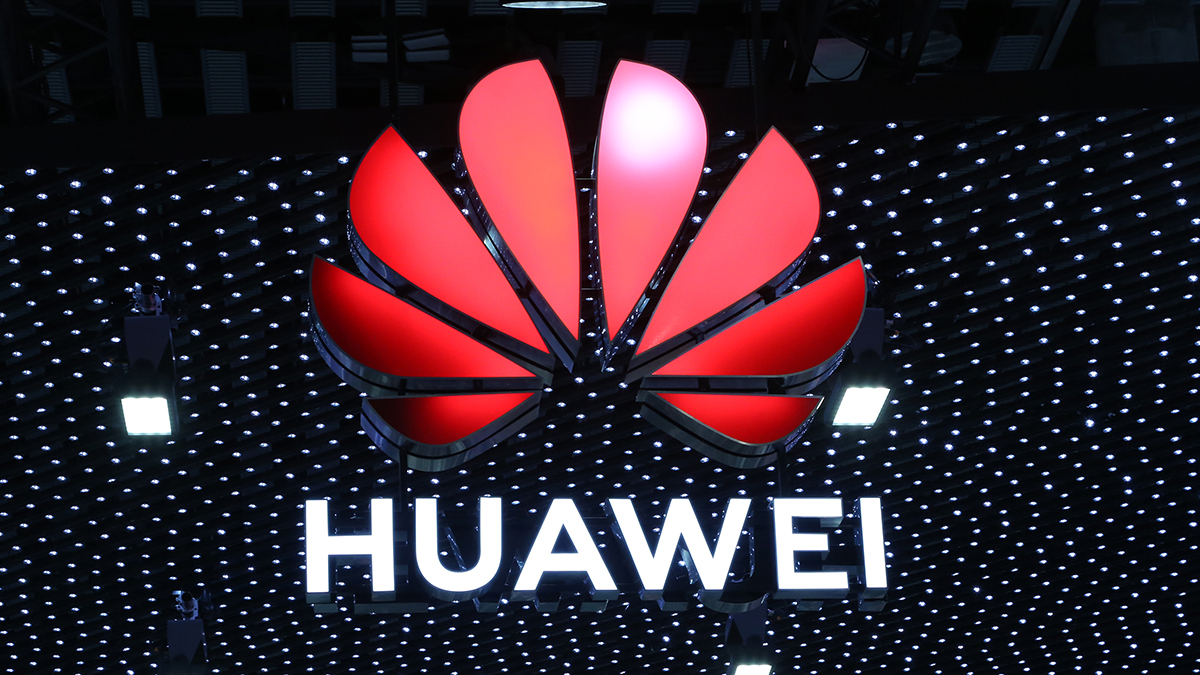
As we've said several times, this is a situation that's constantly changing. For now, it appears the US trade ban won't cut off Huawei's access to Android software and the components it needs from US suppliers, which seemed to be the case to begin with. It might be business as usual, at least for Huawei's consumer devices.
The situation could quickly change again though as the US and China work through their differences. With more phones on the horizon from Huawei, all the parties involved will want a resolution in place sooner rather than later. Ultimately, Huawei phones outside of China is good for the industry as a whole.
Based on what we know at the moment, we'd say you are fine to go ahead and buy any Huawei phone on store shelves in the middle of 2019 – it'll stay supported and updated as normal, pretty much. The picture for the future is less clear-cut, but we should get more updates soon.
Dave has over 20 years' experience in the tech journalism industry, covering hardware and software across mobile, computing, smart home, home entertainment, wearables, gaming and the web – you can find his writing online, in print, and even in the occasional scientific paper, across major tech titles like T3, TechRadar, Gizmodo and Wired. Outside of work, he enjoys long walks in the countryside, skiing down mountains, watching football matches (as long as his team is winning) and keeping up with the latest movies.
-
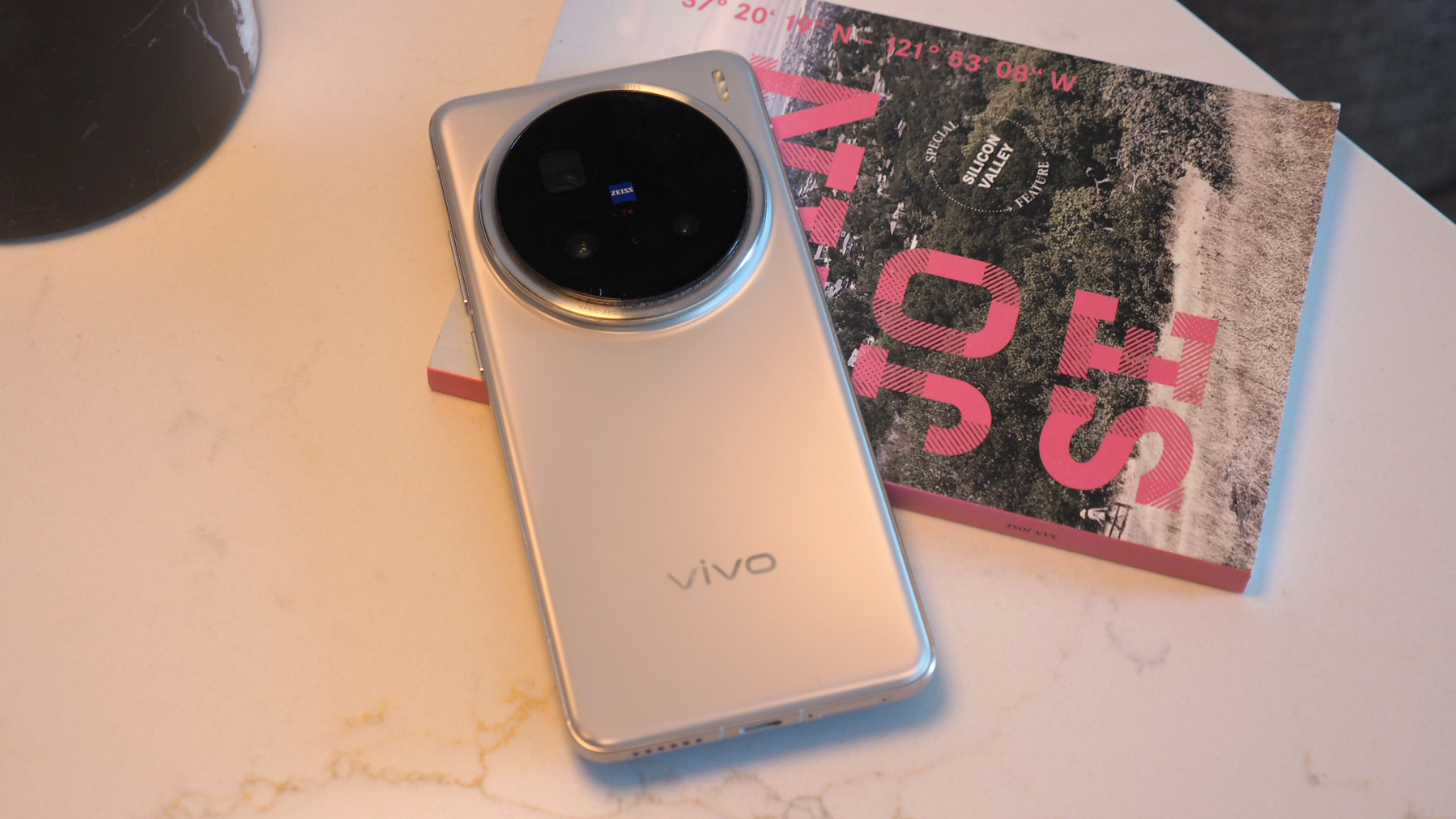 Android phones just got surprise prospective upgrade from MediaTek
Android phones just got surprise prospective upgrade from MediaTekDimensity 9400+ anyone? MediaTek's powerhouse chip just ranked up
By Mike Lowe Published
-
 This Disney Plus favourite had 100% on Rotten Tomatoes last season – here's when the new one is out
This Disney Plus favourite had 100% on Rotten Tomatoes last season – here's when the new one is outIt's an Emmy award-winning show
By Sam Cross Published
-
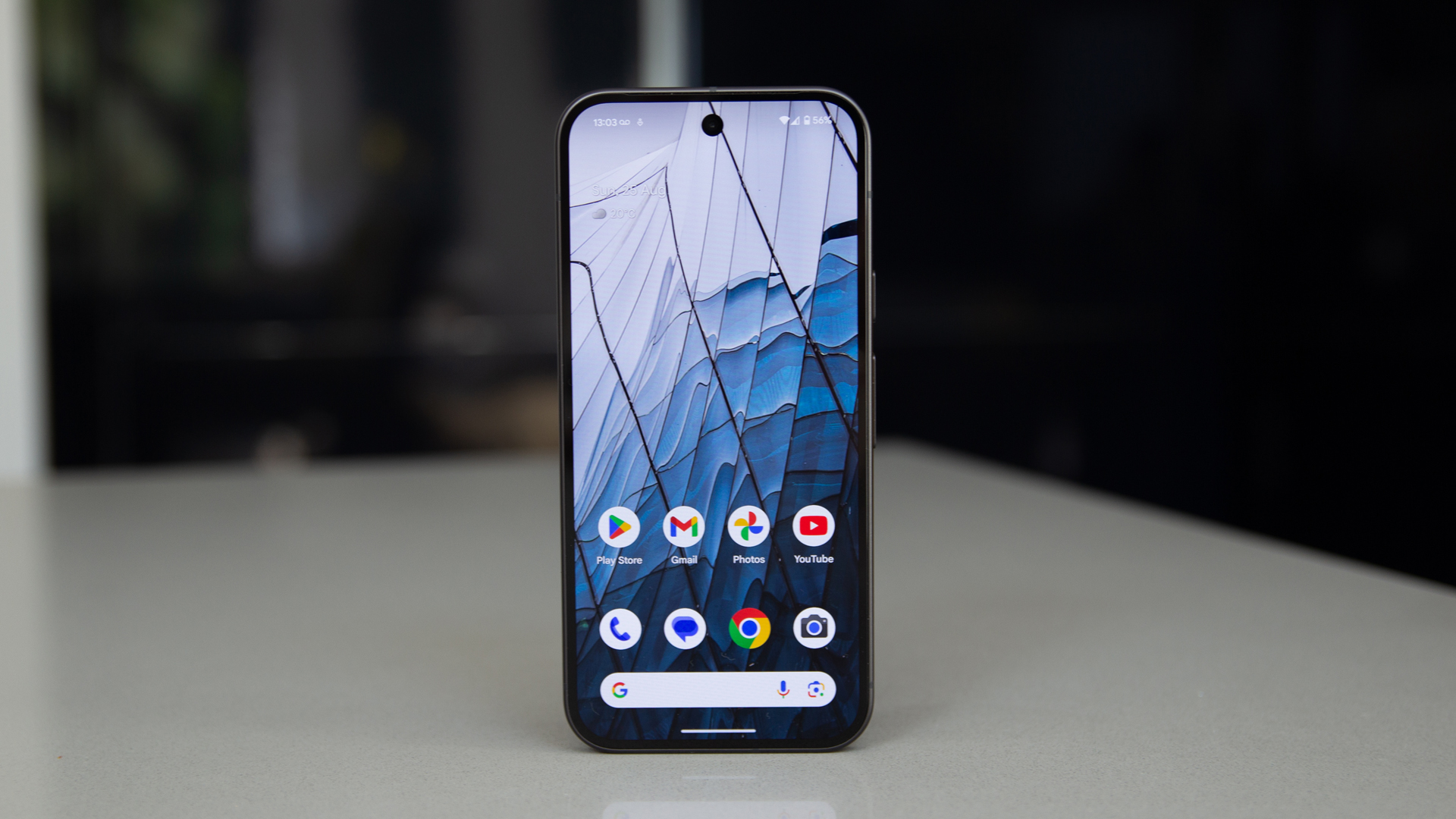 New Google Messages feature will make millions very happy
New Google Messages feature will make millions very happyIt's going to end a serious messaging blight
By Sam Cross Published
-
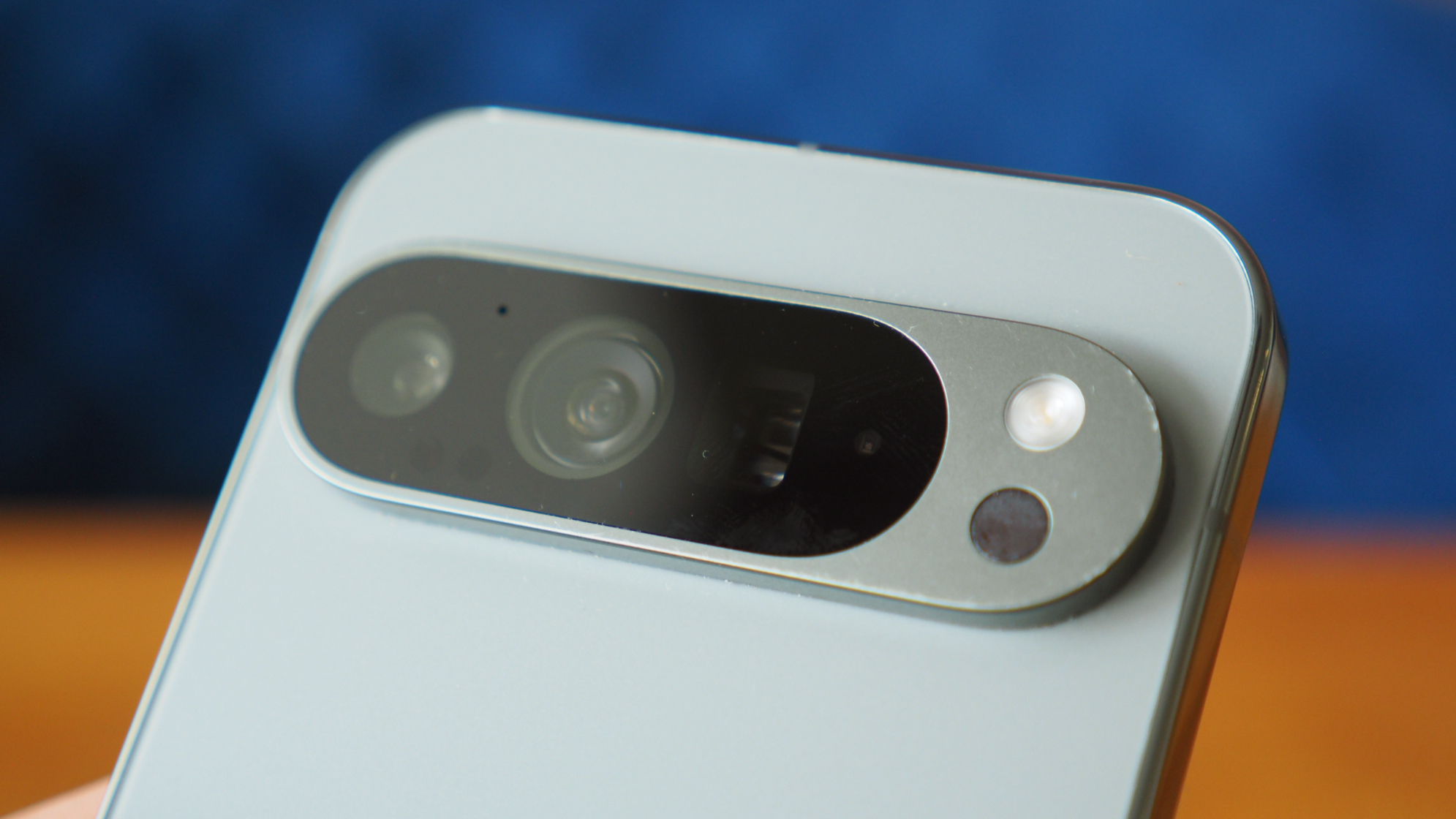 In an age of exciting upgrades, Google could downgrade the Pixel 10 instead
In an age of exciting upgrades, Google could downgrade the Pixel 10 insteadThere’s a change coming to the Pixel cameras and it could cause a stir
By Chris Hall Published
-
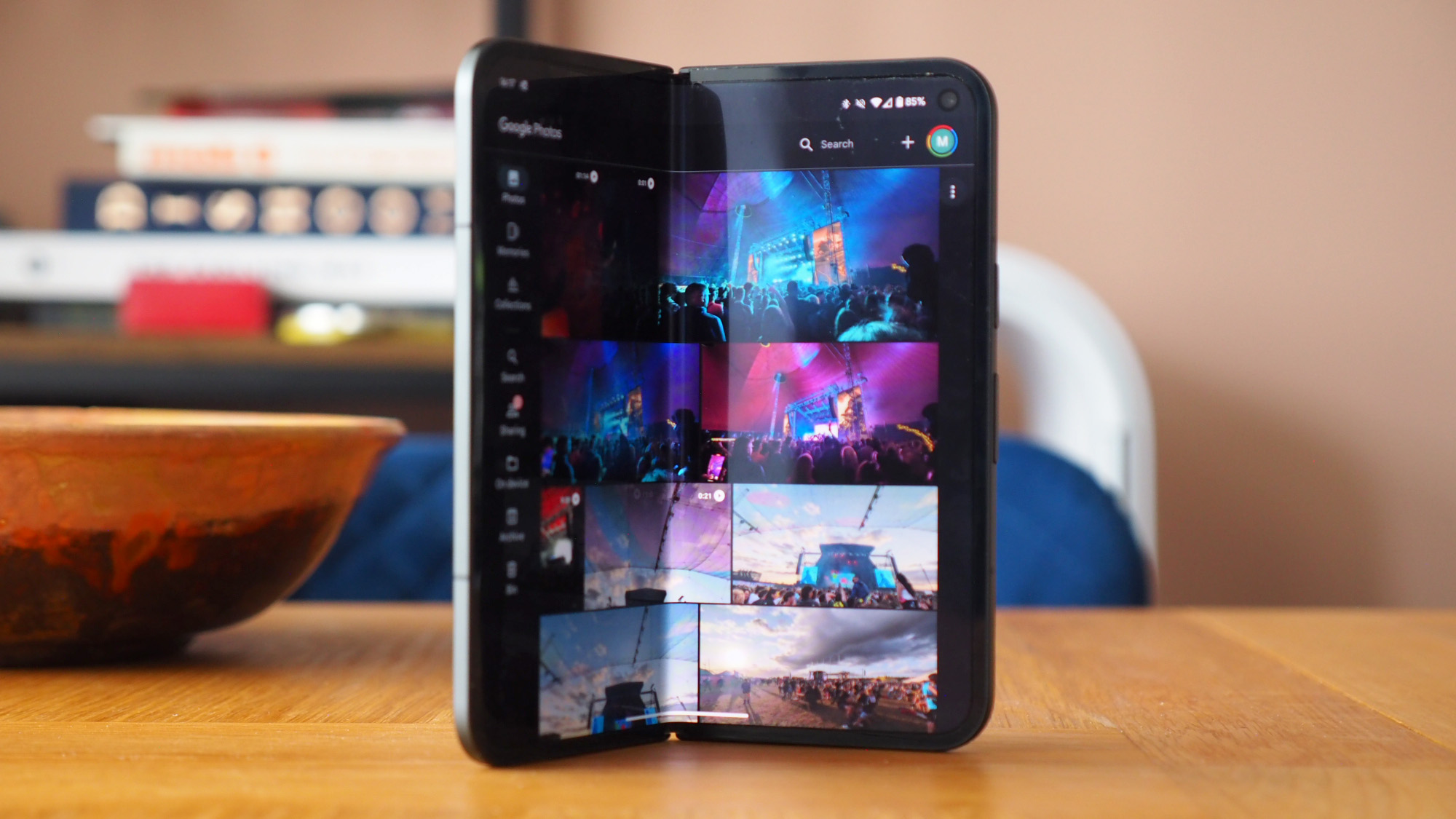 Google Pixel 10 Pro Fold renders show an early contender for foldable of the year
Google Pixel 10 Pro Fold renders show an early contender for foldable of the yearEven though it might not be the slimmest, it could be the sexiest
By Britta O'Boyle Published
-
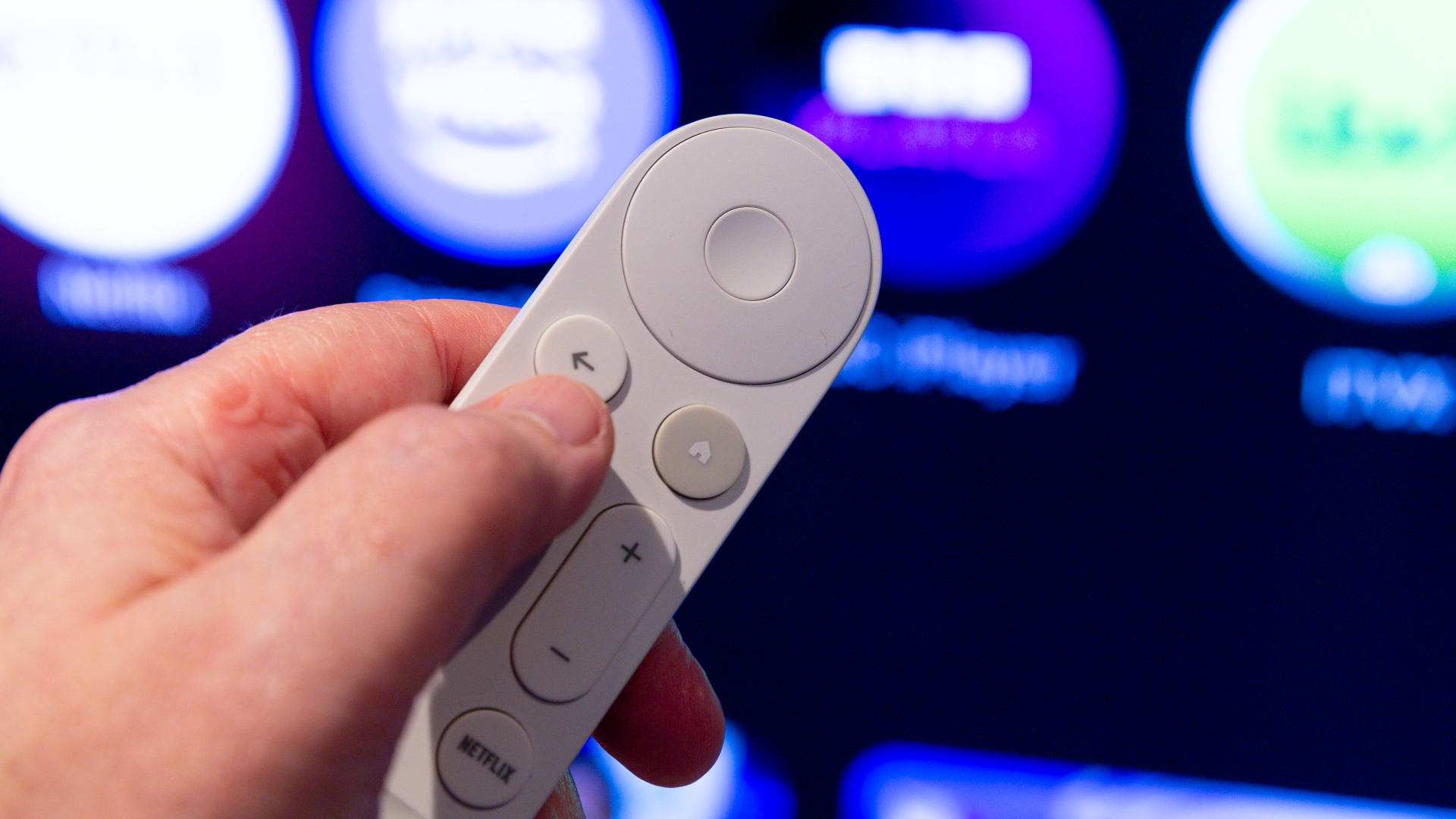 Google TV set for a shake up that might have you feeling blue
Google TV set for a shake up that might have you feeling blueA redesign is reportedly coming to Google TV, with a new colour scheme and features
By Rik Henderson Published
-
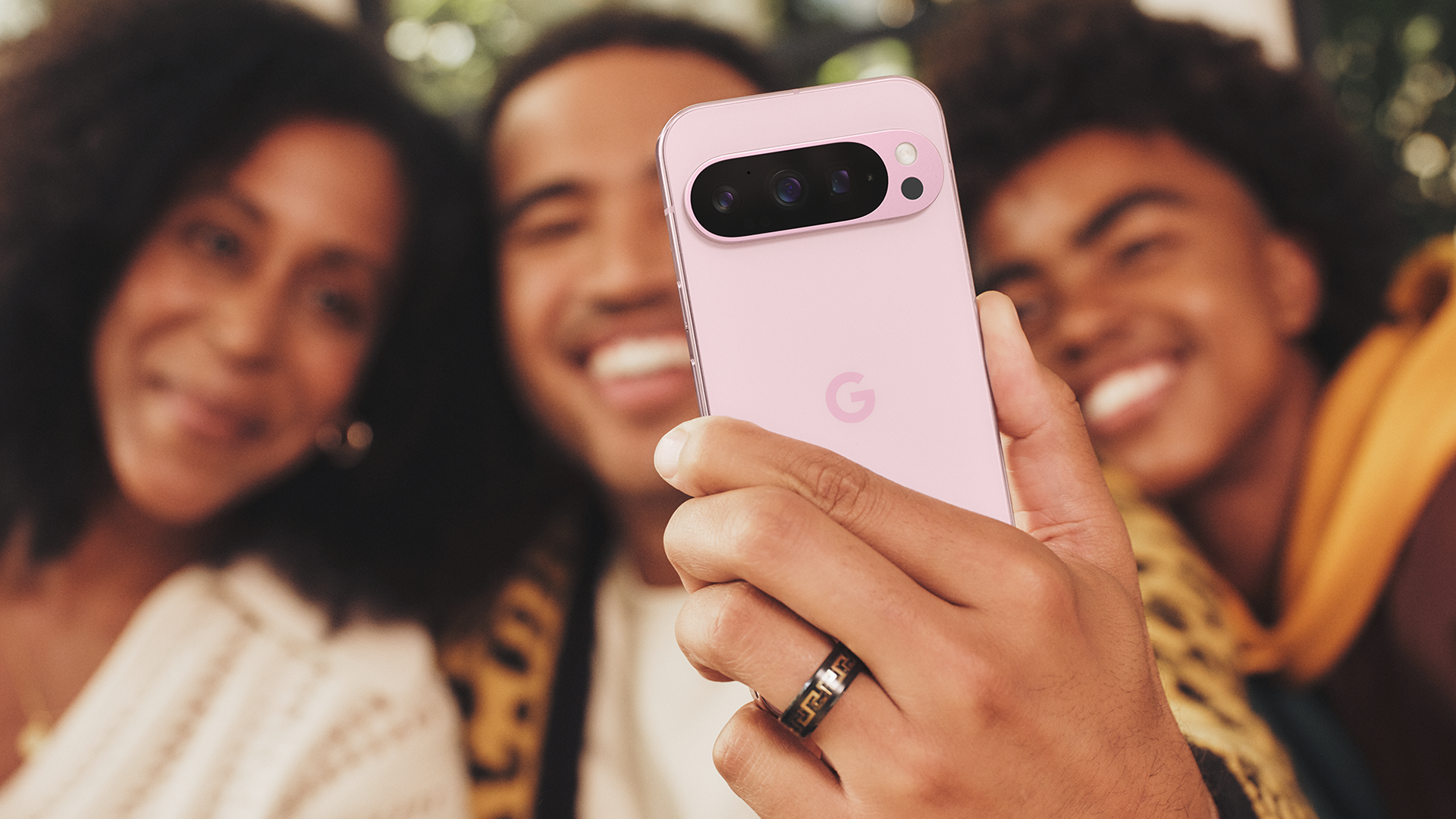 Android 16 to come with a significant security upgrade for Pixel phones
Android 16 to come with a significant security upgrade for Pixel phonesIt’s going to be easier to unlock your Pixel phone in the future
By Chris Hall Published
-
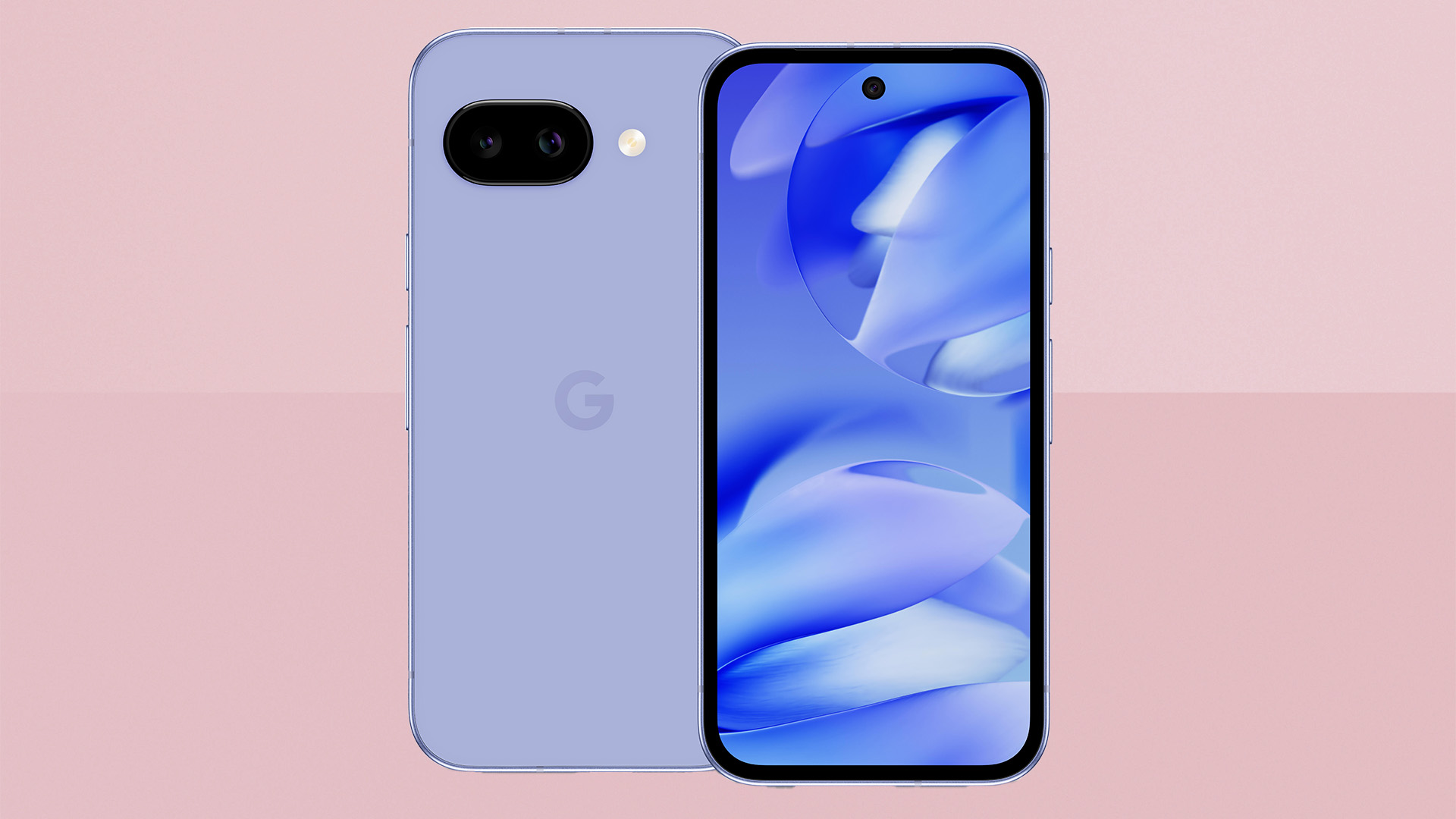 Google Pixel 9a delayed, but for good reason
Google Pixel 9a delayed, but for good reasonGoogle’s latest affordable phone has been announced, but you can’t actually buy it yet
By Chris Hall Published
-
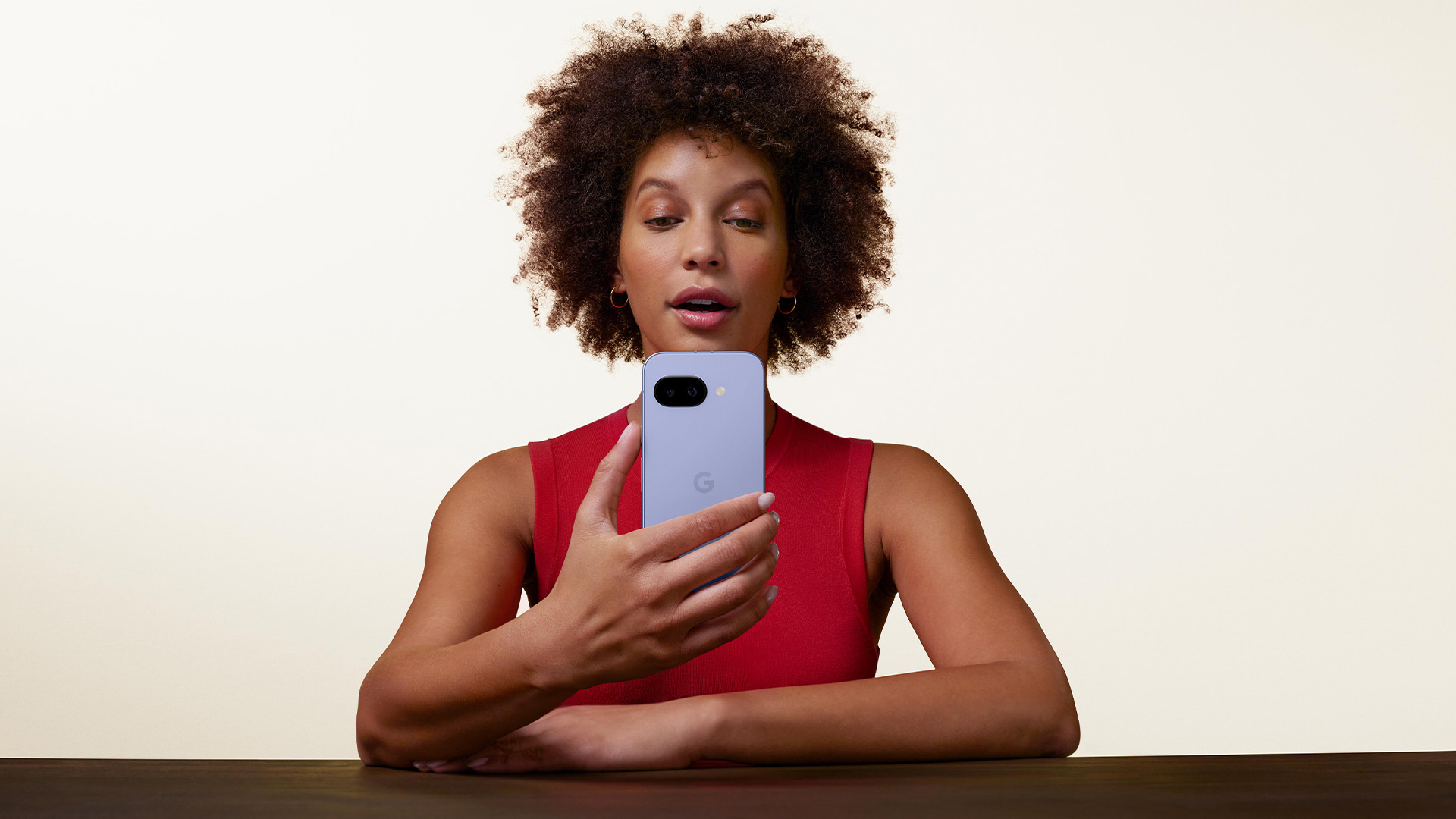 Google's Pixel 9a does one simple thing that could tempt me away from iPhones after a decade
Google's Pixel 9a does one simple thing that could tempt me away from iPhones after a decadeGoogle's played a blinder here
By Max Freeman-Mills Published
-
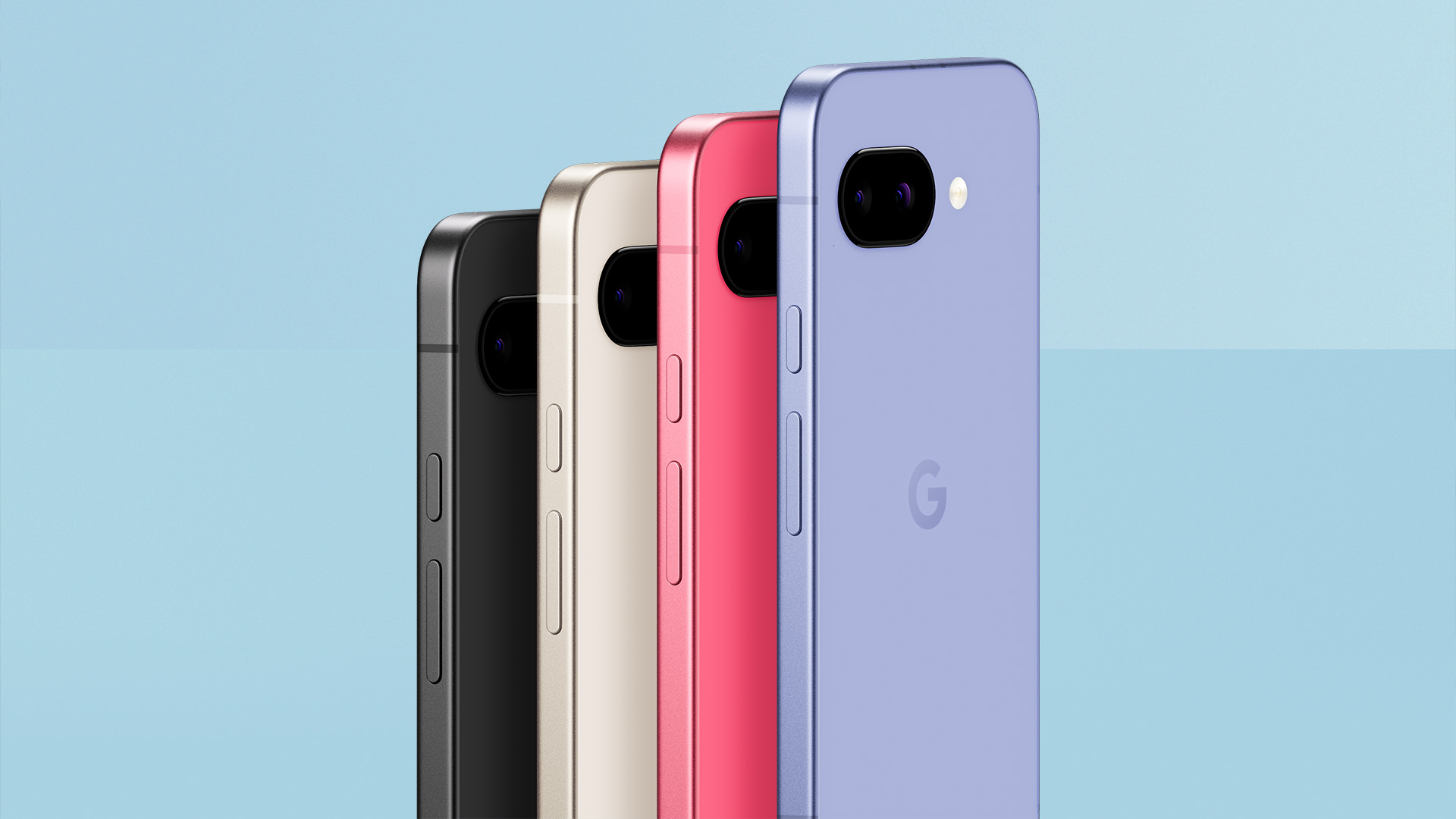 Google's new phone makes one huge, unexpected change
Google's new phone makes one huge, unexpected changeThe Pixel 9a is flat – that's big!
By Max Freeman-Mills Published